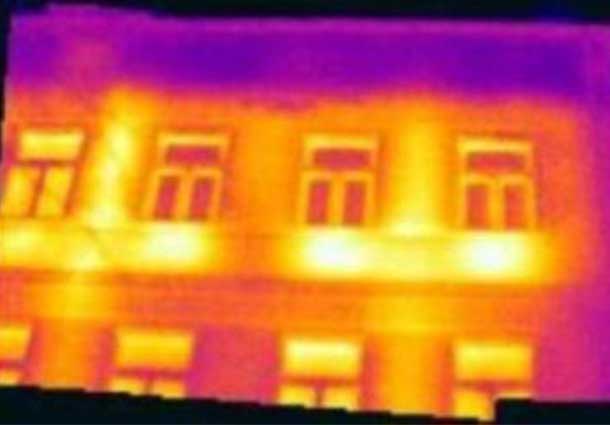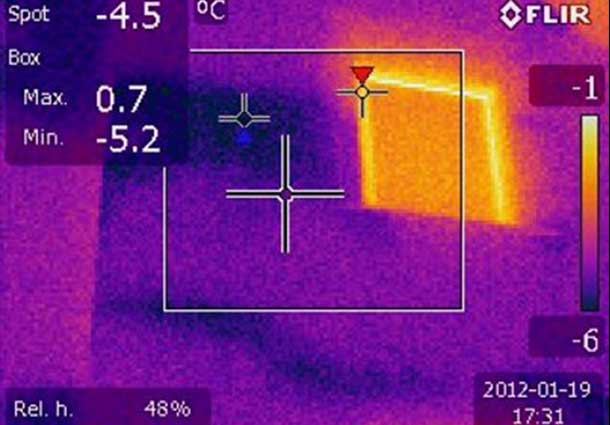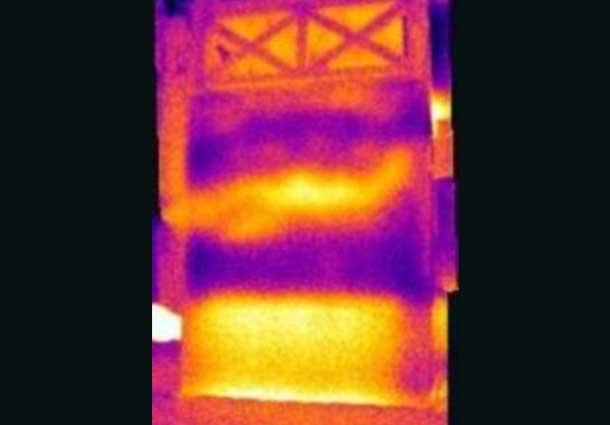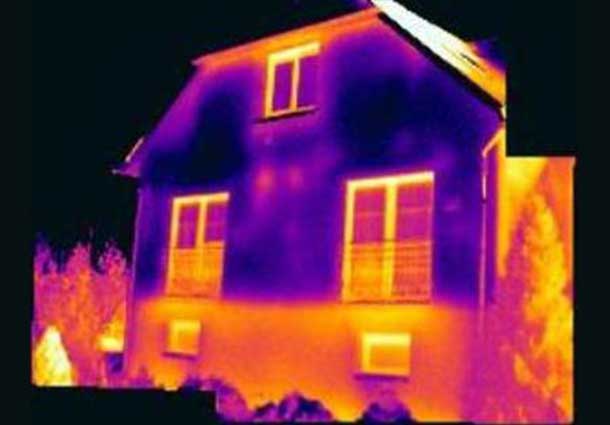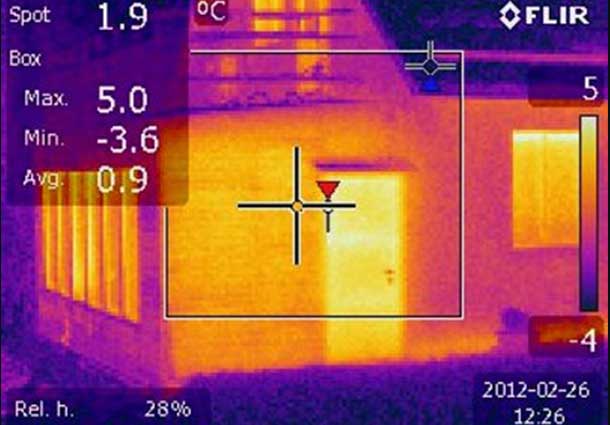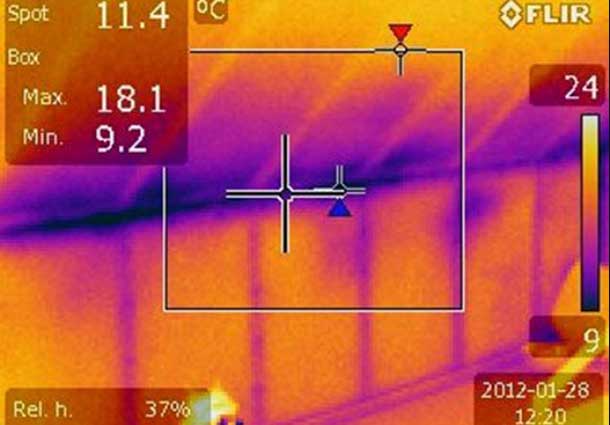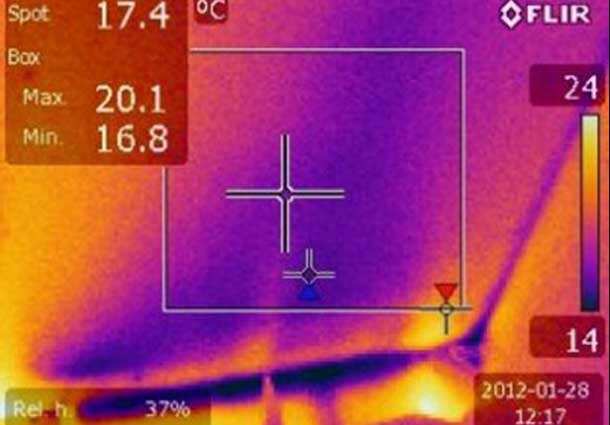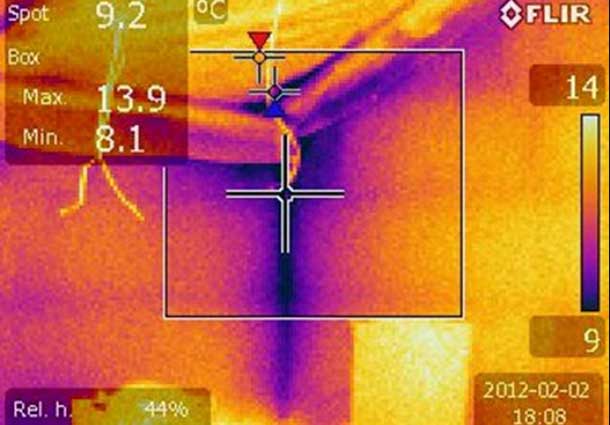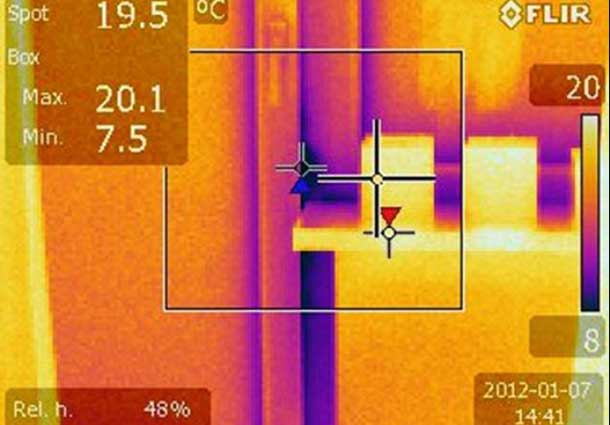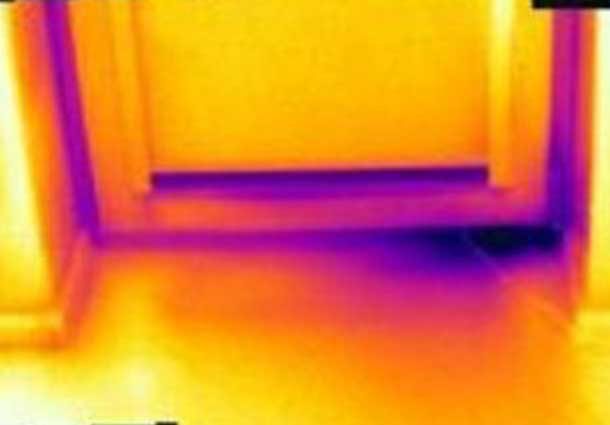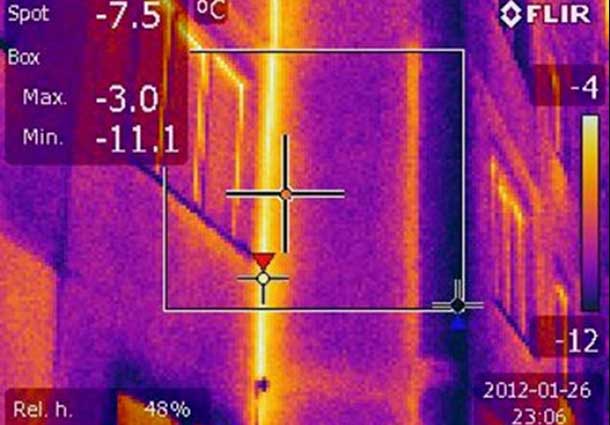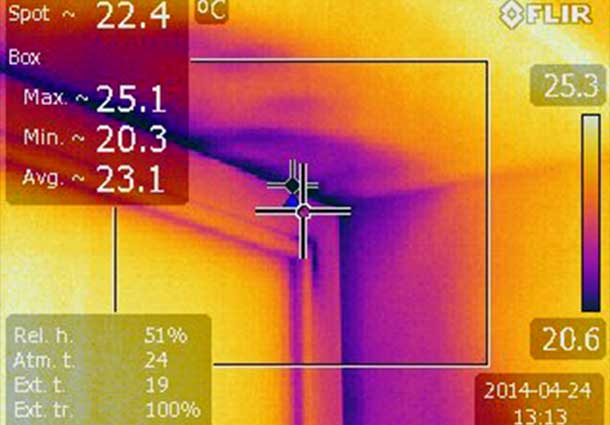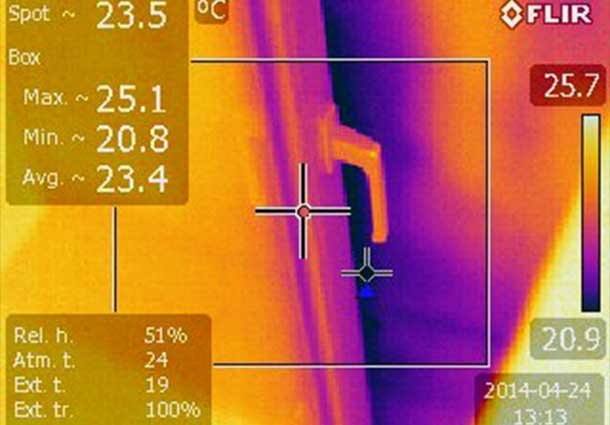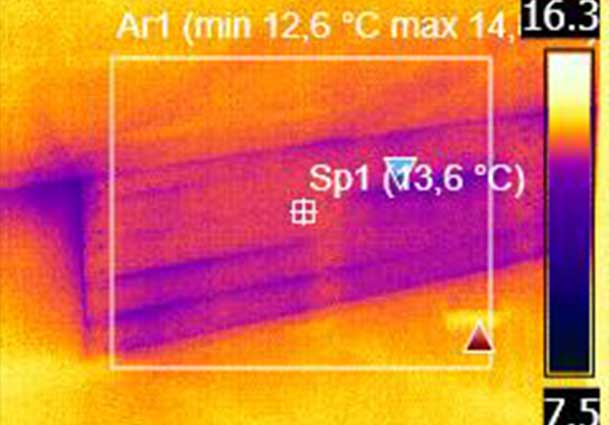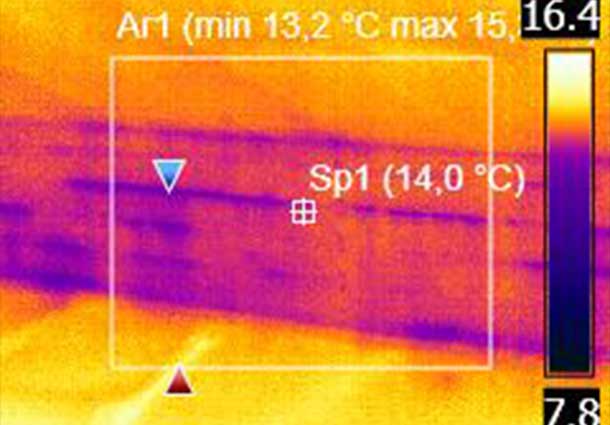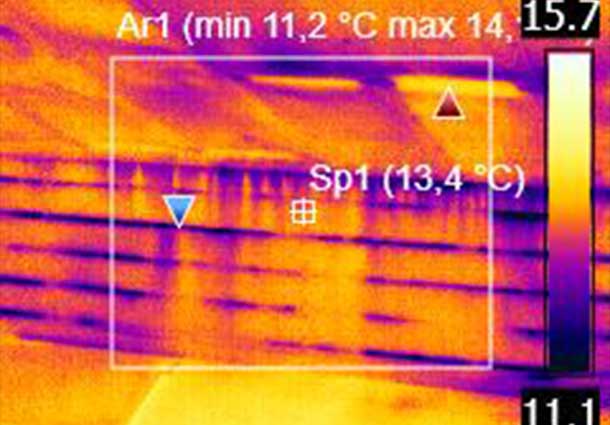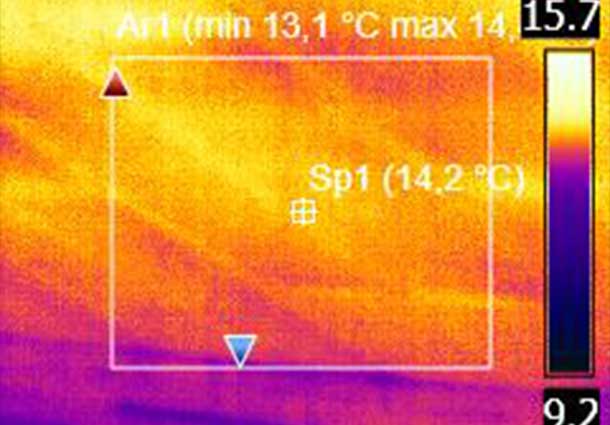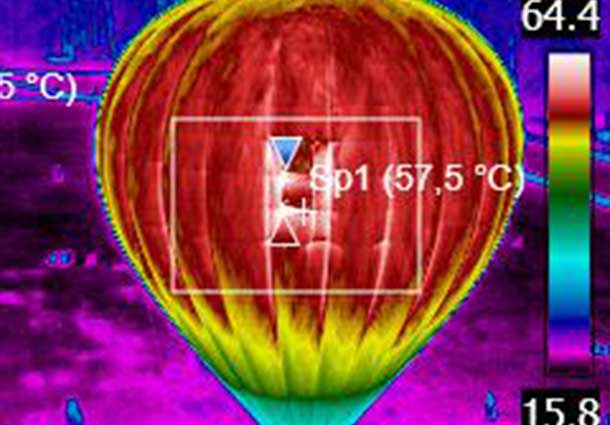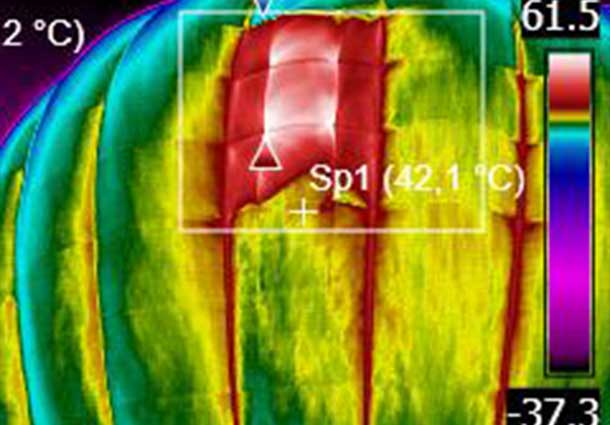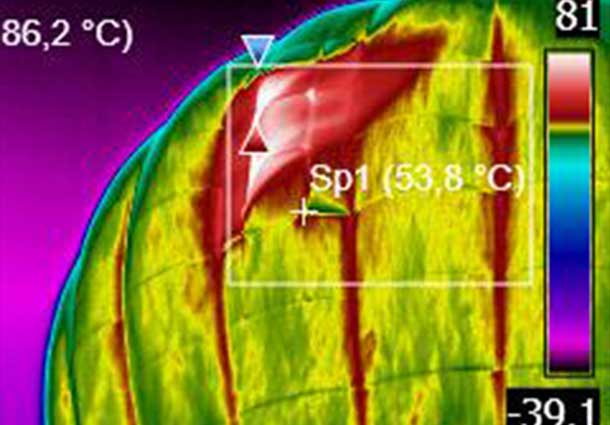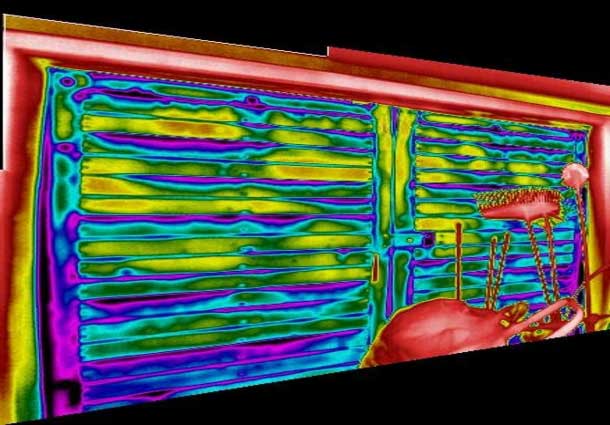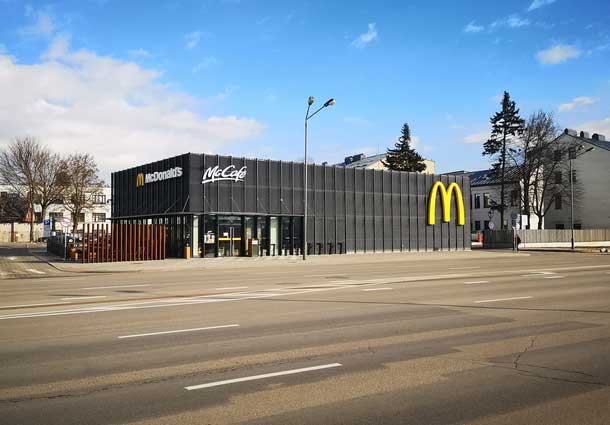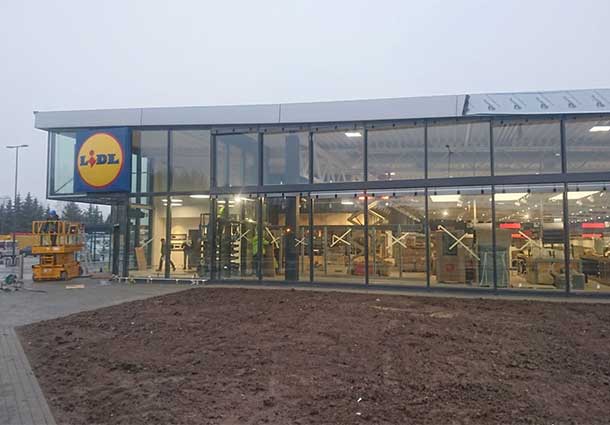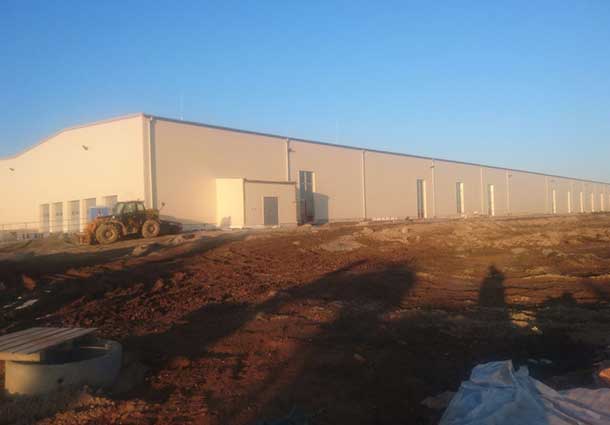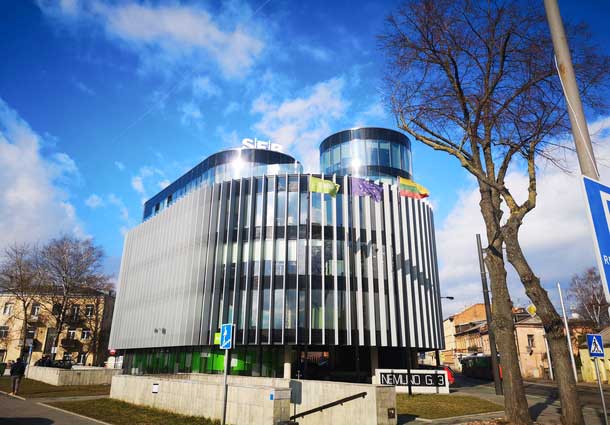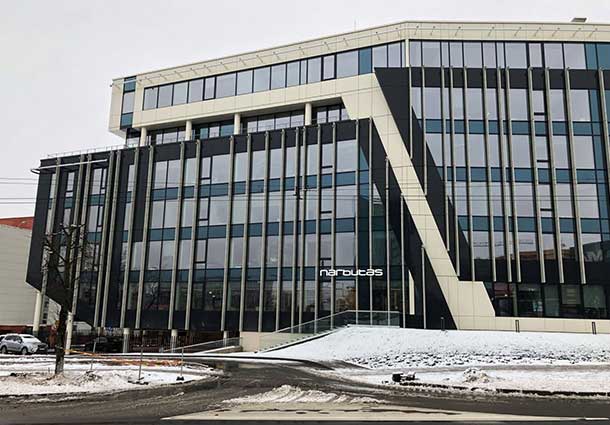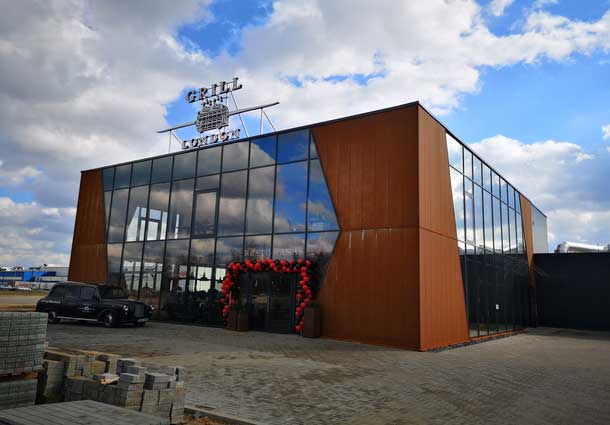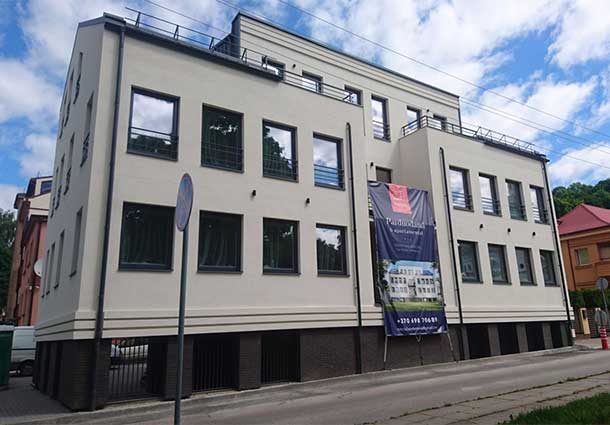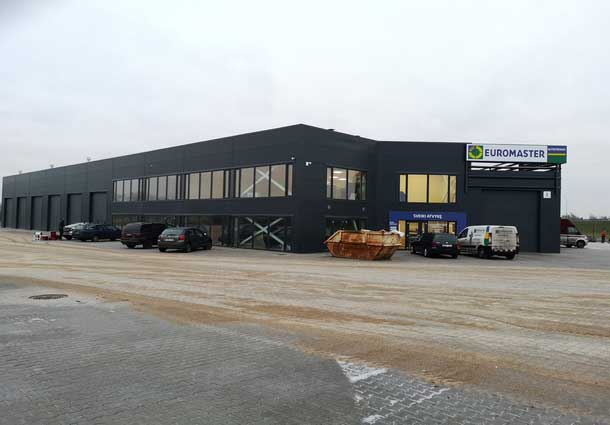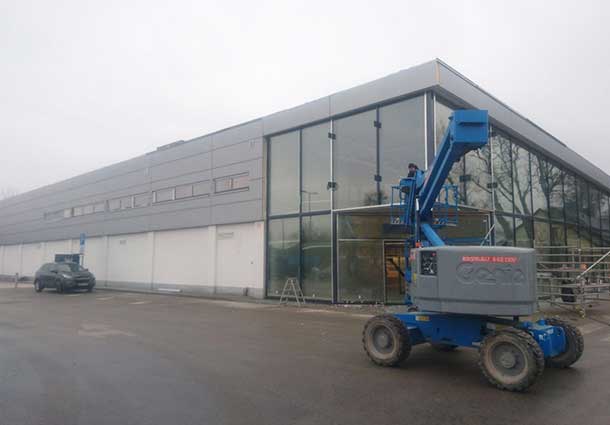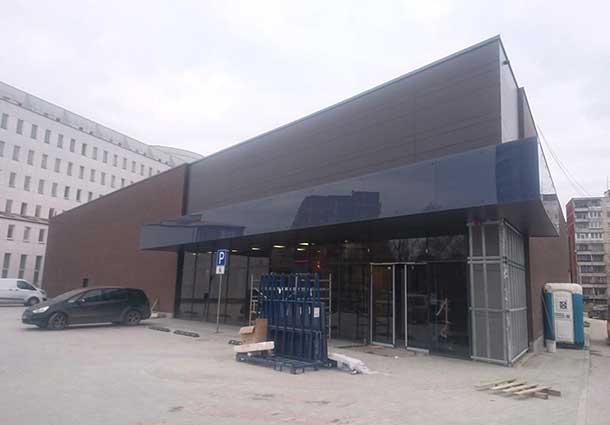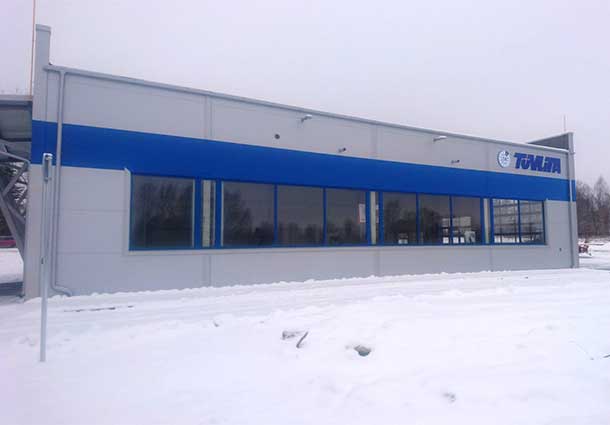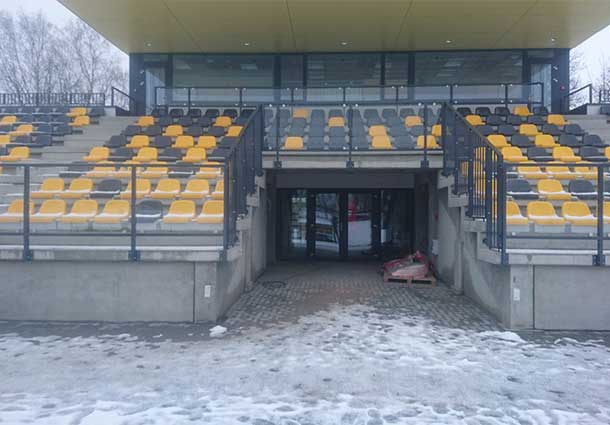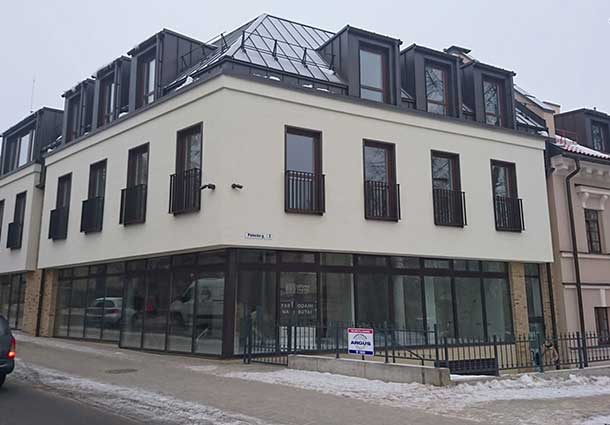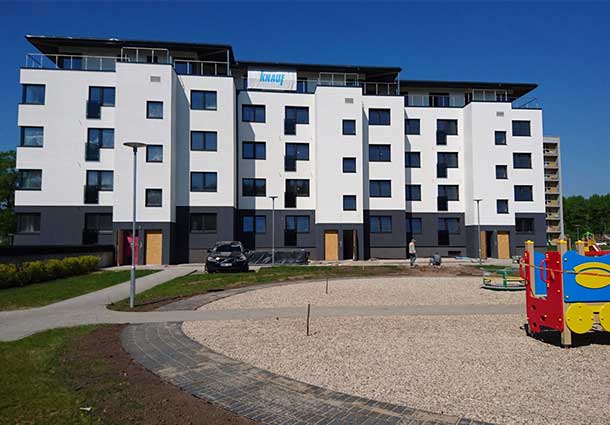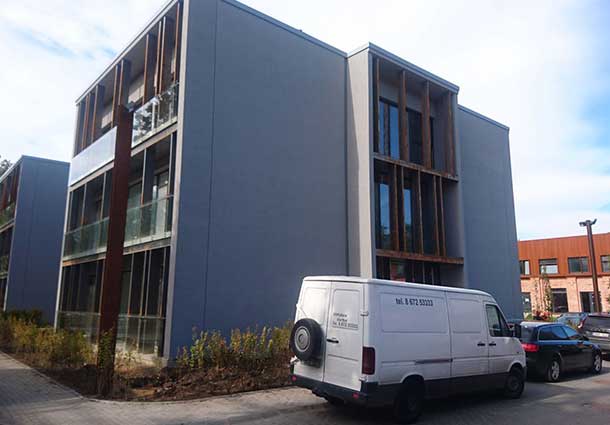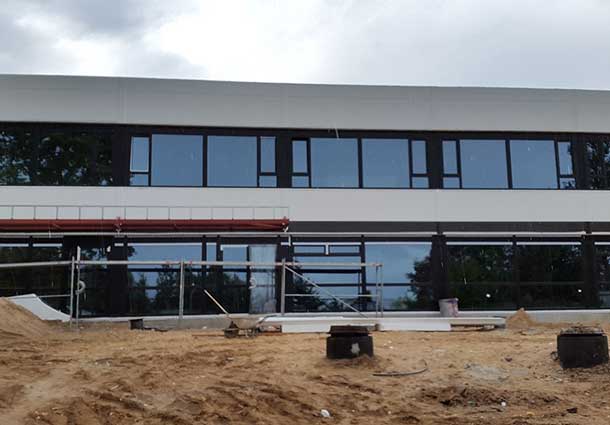Building tightness tests
- Accredited laboratory
- Blower door test for buildings
- Commercial duct tests
- Air handling units leakage testing
- No intermediaries
- More than 2,000 tests have been conducted in buildings with the areas ranging from 40 m3 to 300,000 m3
- International tightness certificate
- Work carried out by certified construction engineers
- Long-term experience
Building tightness levels are becoming an increasingly important factor in construction. In order to operate buildings cost effectively, high thermal resistance of enclosures will not suffice, – you must have tight enclosures is well.
The building tightness test – simple, quick, clear
The building tightness test will allow everyone to understand the value of building or construction work. This test will show you if you are not overpaying for the house you are buying, or whether the construction work complies with the agreed price and quality requirements. The cost of this test will pay you back after the first or second month of heating, and you will continue saving later on. After all, none of us wants to pay for something which is not worth it.
Also, STR 2013.05.01:2013 “Building Energy Performance Design” which defines the level of tightness of new buildings, has entered into force from 2013-12-18. From STR 2.05.01:2013:
Buildings (parts thereof) of energy performance classes C, B, A, A+ or A++ must be so designed that their tightness, measured in accordance with LST EN 13829:2002 “Thermal performance of buildings. Determination of Specific Airflow Rate in Buildings. Pressure difference method” (modified ISO 9972:1996) [5.15] sets the requirements at a pressure difference of 50 Pa between the interior and exterior of the building which must not exceed the air exchange values given in Table 10.
Energy certification
- More than 2000 buildings certified
- Certification for complex and efficient A+, A++ buildings
- Urgent tasks are accepted
Certification of energy performance of a building means a process regulated by legal acts in the course of which the energy performance of a building is established, the energy performance of a building is evaluated, attributing a building to a energy performance class, an energy performance certificate of a building is issued. In accordance with the Law on the Supplement to the law On Construction (No X-404, dated 17 November 2005) buildings are certified since 1 January 2009, except for newly constructed buildings which must be certified as from 1 January 2007. The energy performance class of newly constructed buildings (parts thereof) must not be less than C. The energy performance class of buildings (parts thereof) undergoing major renovation, with a useful floor area of more than 1000, square meters must be at least D. There are no requirements for the energy performance class of buildings for sale and lease (parts thereof).
Mandatory energy performance of buildings:
- for newly constructed buildings;
- for buildings after major renovation with a useful floor area of over 1000 square meters. The requirements of this subparagraph shall apply in as much as this is technically, functionally and economically feasible;
- for buildings and premises offered for sale or lease.
Energy performance requirements for buildings are not set for:
- for buildings which are construction works of cultural heritage, where compliance with the requirements would unacceptably alter their character or appearance;
- buildings used as places of worship and for religious activities;
- temporary structures to be used for up to 2 years;
- residential buildings which are intended to be used less than four months of the year;
- stand-alone buildings with the useful area not exceeding 50 sq. meters;
- industrial sites, workshops and non-residential agricultural buildings with low energy demand and non-residential agricultural buildings;
- unheated buildings.
Energy performance modelling
We are perhaps the first to start offering this service in Lithuania. We continue to improve it. We perform only detailed modelling of energy performance of newly designed buildings. The service is mainly used for designers and builders of structures. Where are useful for designers as we help to ensure the required energy performance class of designed buildings. We are useful for builders because our thorough calculations allow cost saving use of materials eliminating their excessive use as well as purchases of excessively powerful engineering equipment and machinery.
The service includes:
- Initial assessment of design solutions;
- Selection of specific thermal insulation materials;
- Selection of minimum technical characteristics of engineering equipment;
- Optimal and feasible selection of building tightness;
- Comprehensive and fully informative calculation of thermal bridges with professional software;
- Dynamic modelling of the building;
- Energy modelling in accordance with the principle of “what if”;
- Intermediate checks during the construction process.
- The service is provided to both individual customers and large developers.
Calculation of thermal bridges
Thermovision gallery
Tightness testing gallery
Tightness testing of air handling units (AHU)
Tightness testing of air handling units of various sizes and capacities
Tightness testing of ventilation duct system and parts thereof
Detection of leakage
Solutions to remove the leaks
Object gallery
Special testing
Roof tightening tests
Sliding window tightness tests
Tightness testing of special premises
Calculation of air permeability
Testing of pressurised air pipes
Rain water penetration testing of curtain walls
Integrity test
- Enclosure integrity test
- International license
- Certified professionals
- The only in Lithuania
Water-based fire extinguishing systems only provide primary fire extinguishing by sacrificing the property is that the premises. Archives, servers, data centres, exhibits, cable channels, other expensive assets and engineering in buildings are destroyed or damaged by water. For this reason, a need for gas extinguishing systems has emerged. In order to ensure the efficiency of such gas extinguishing systems, in-house systems testing and modelling are required.
The Integrity test determines the tightness of the room, the area of leakage, the possible time of gas concentration retention, the peak pressure, and the effectiveness of safety valves. In the case of unacceptable results, all leaks are detected with a smoke generator, thermovision or ultrasound, and a recommendations for rectification of defects str made.
This test is carried out only by certified technicians using calibrated equipment as well as by an accredited laboratory.
Our specialists not only carry out the tests, but also consult at the design stage of such premises.
Services are performed in accordance with NFPA and ISO standards.
Ultrasonic tests
Most often, we find leaks in various structures with the help of thermovisors or smoke generators. However, the use of a thermistor requires a difference in pressure and temperature. Non-tight areas are also detected with pressure difference, using a smoke generator. The situation becomes difficult when we cannot cause a pressure difference, in absence of efficient temperature difference, untightnesses in hard-to-reach places where smoke generator no longer helps.
In such complex cases, an ultrasonic device is used. It helps detect a variety of leaks, even in the absence of temperature differences, no pressure difference, and even in hard to reach places.
Usually we use ultrasound tests for:
- determination of precipitation, air penetration in large glass facades;
- Search for leaking points in the premises where temperature differences are not available;
- Searching for leaks in various pipelines (ventilation pipelines);
- Search for leaking joints in different containers (various cameras, tanks);
- This test is useful for it can be carried out all year round, both in winter and in summer.
- The test is carried out by a certified specialist.
